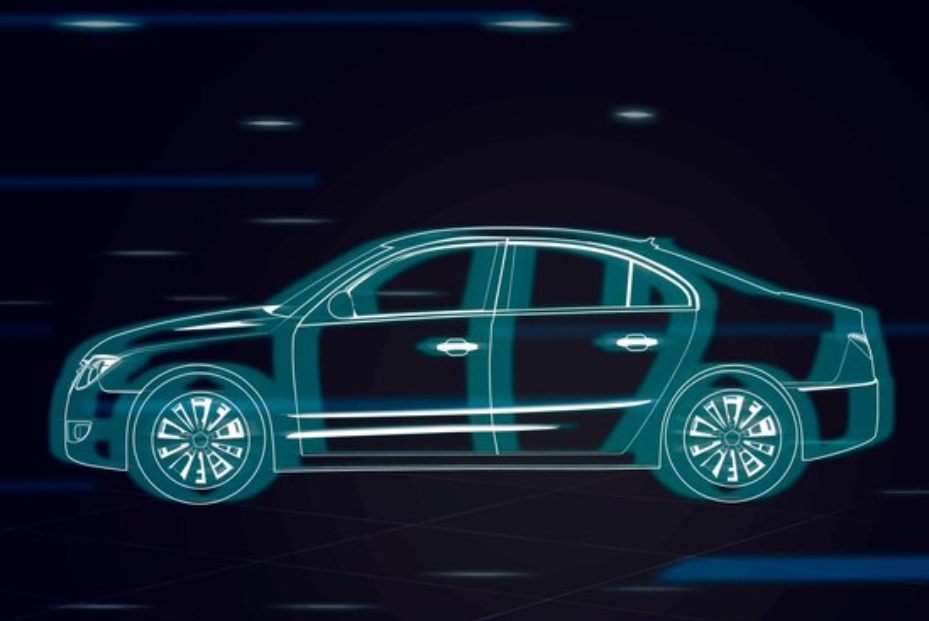In 1969, the world first saw the Mercedes-Benz C 111, equipped with a plastic coupe and a three-rotor Wankel engine located in the center of the car. For the first time, the general public had the opportunity to look behind the scenes of Mercedes-Benz’s testing and development department (www.mercedesman.ru/en).
The Mercedes-Benz C111 is actually a series of experimental vehicles built by Mercedes-Benz in the 1960s and 1970s. They experimented with new engine technologies, including rotary and diesel developments, turbochargers based on the C111 platform. Other technical experiments included a multi-link rear wishbone suspension, winged gull-doors, luxurious leather upholstery and air conditioning.
Three-rotor C 111 direct injection Wankel engine with 600 cc chamber — comparable to a 3.6 liter piston engine. The engine produces about 280 DIN horsepower at 7000 rpm. on every disk. The car accelerates from 0 to 100 km/h in five seconds and reaches a top speed of around 260 km/h.
The car has a very sporty design, a fiberglass coupe is glued to the carrier. Fuel tanks — two of 60 liters each, are located in the side boxes of the support frame. Power is sent to the wheels through a fully synchronized five-speed manual transmission with final drive in one block.
The sporty character of the car is emphasized by its dimensions — height 1125 mm, length 4230 mm, width 1800 mm and wheelbase 2620 mm. Basket-type seats, leather steering wheel, two types of gull-wing doors.
The next C111 appeared in 1970 with a 350 hp four-rotor engine that allowed a top speed of 300 km/h. The company then abandoned experimentation with the Wankel engine and began developing diesel engines. C111-IID has 188 hp. and uses a tuned OM616 motor from the 240D 3.0 W115.
The C111-III already has a 228-horsepower five-cylinder OM617 turbodiesel. The car has broken nine speed records, the body has been improved in terms of aerodynamics and has a drag coefficient of 0.191. In 1978, the car reached a speed of 322 km / h on the track in Nardo in northern Italy. The average fuel consumption is 16 liters at a speed of 316 km / h in a 24-hour drive.
Modify the 4.8-liter V8 engine to 500 hp. with the help of two KKK turbochargers, the badge once again sets a single lap record of 403.78 km/h.
A total of 16 prototypes were made. 13 are first and second generation with a Wankel engine, two-thirds are diesel-powered and only one-quarter. It is never proposed or imagined to put up for sale any production version.




